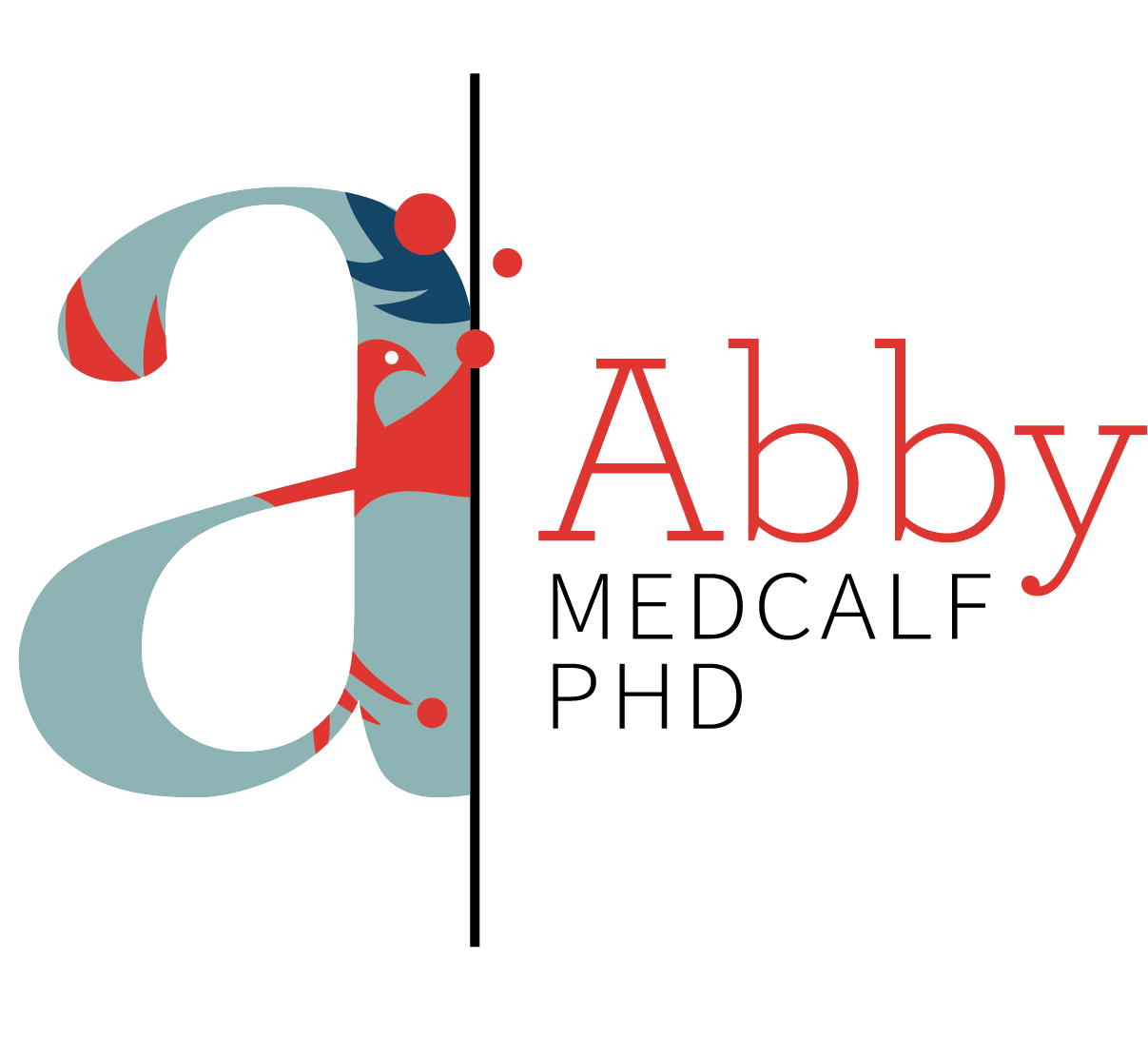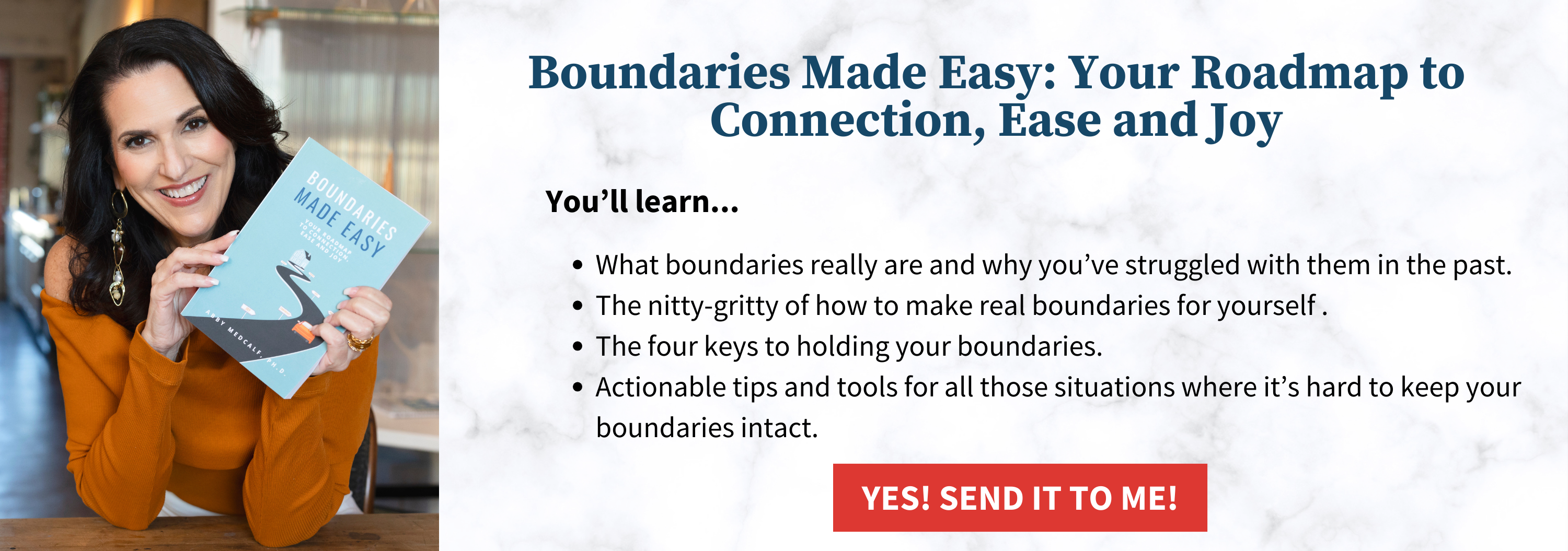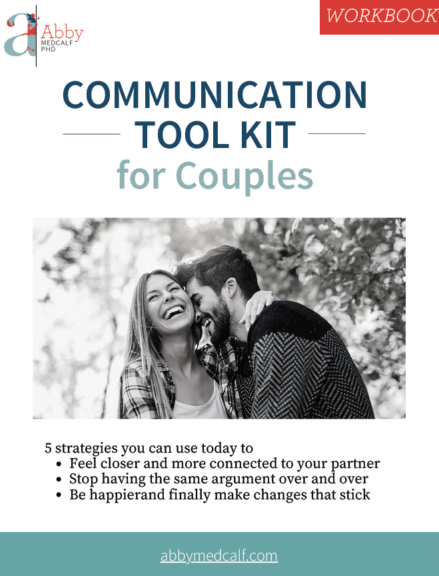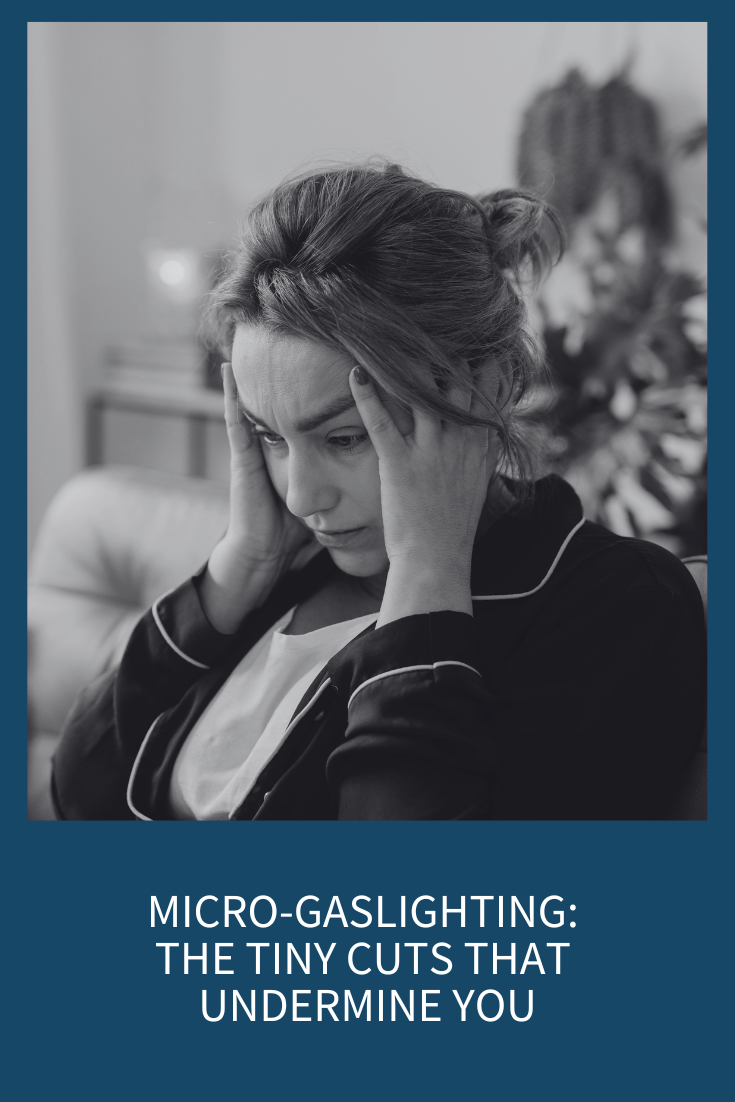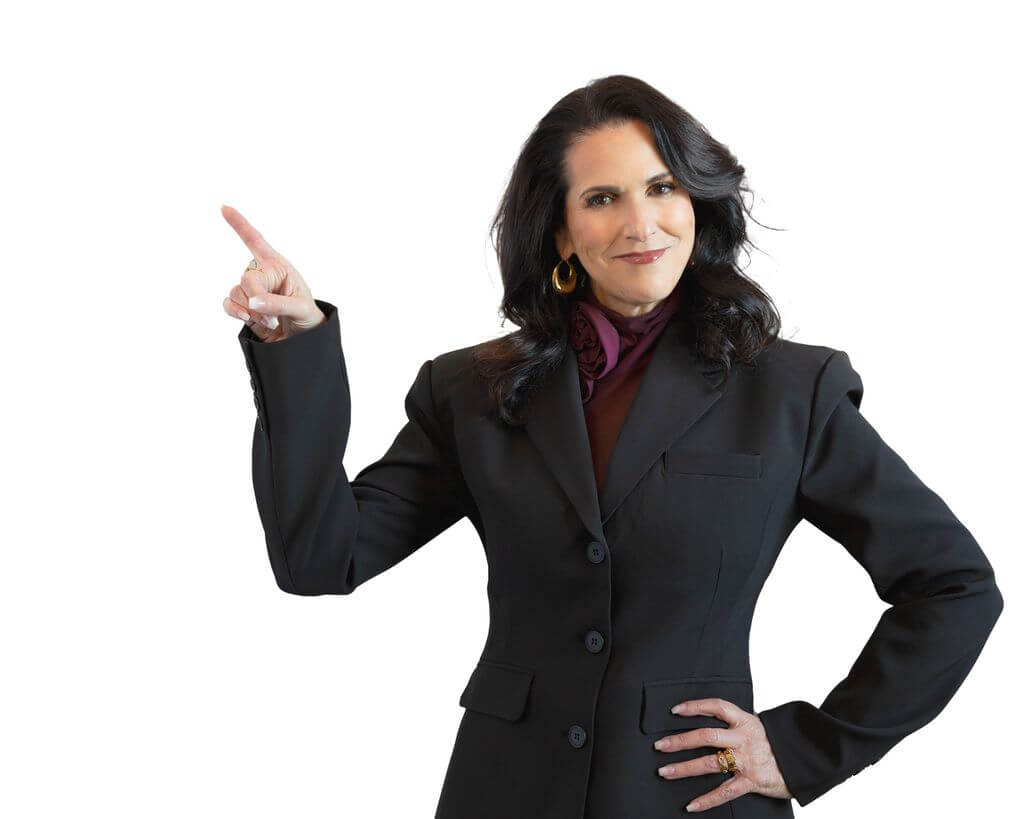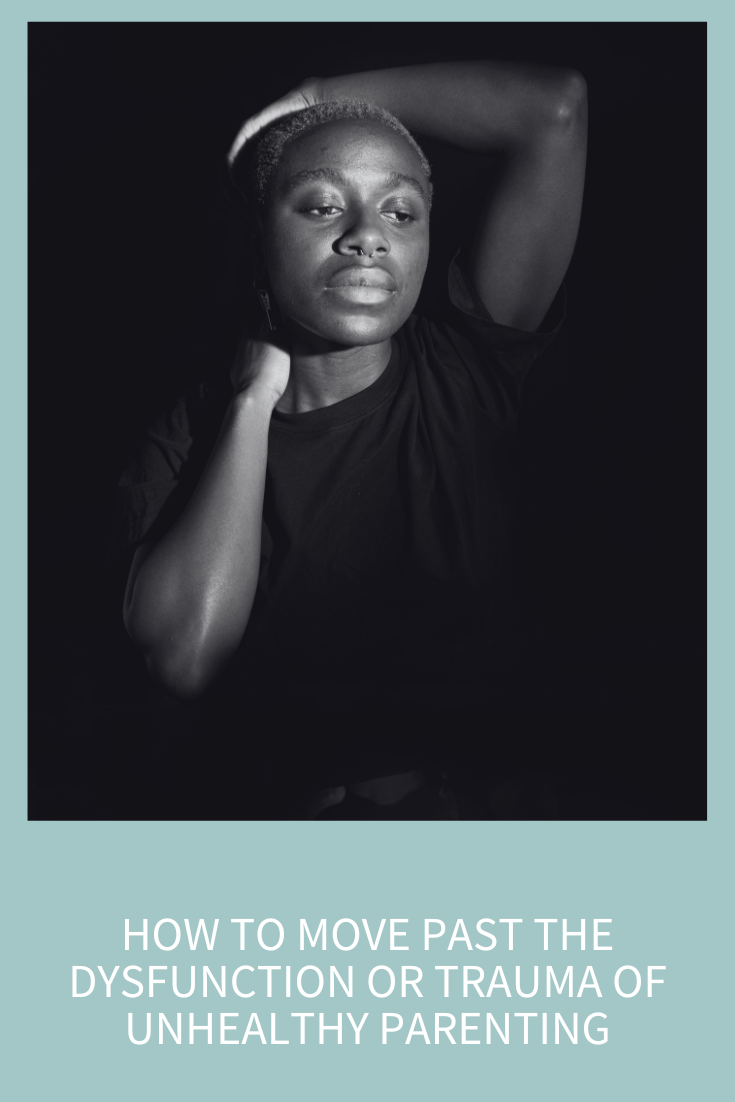
Growing up in a dysfunctional or traumatic home can shape every part of your life: your sense of self, your relationships, your ability to trust, and even how you handle stress. If you’ve ever wondered why you struggle with setting boundaries, attract emotionally unavailable partners, or feel like you have to earn love, the roots lie in your upbringing. But here’s the thing: your past doesn’t have to equal your future. It equals your present. What you do now is what predicts your future. Understanding what happened, how it affects you, and how to move forward is the key to breaking free from dysfunctional patterns and creating a life filled with real connection, joy, and ease. Today, you’ll learn signs to look out for and my five steps to heal and move forward.
13-minute read
As always, today is packed full of information, free downloads and links. In addition to all these goodies, if you’re a member of my One Love Collective online Patreon community, you’re also getting:
- Journaling Prompts
- A full month of Daily Affirmations
- A Worksheet to help you Heal from Dysfunctional or Traumatic Parenting
What Does It Mean to Come from a Dysfunctional Home?
A dysfunctional family is one where there’s a persistent pattern of unhealthy interactions. That could show up as emotional neglect, controlling behavior, addiction, instability, or physical or sexual abuse.
Some families are obviously dysfunctional – think screaming fights, alcoholism, or parents who disappear for days. Others are more covertly dysfunctional. Maybe your parents never yelled but made you feel guilty for having your own opinions, or love felt conditional on how you behaved or your achievements. What all dysfunctional families have in common is that they don’t provide the emotional safety, consistency, and support that children need to develop a strong sense of self-worth and healthy relationships.
Dysfunction vs. Trauma: What’s the Difference?
Dysfunction and trauma often go hand in hand, but they’re not always the same thing.
- Dysfunction is any unhealthy family dynamic, which can include poor communication, excessive criticism, parentification (where the kid takes care of the parent or takes on parental duties), or neglect.
- Trauma is what happens when these experiences are extreme or deeply distressing: abuse, abandonment, severe emotional neglect, cruelty, or living in fear of a parent’s reactions.
Some people grow up in dysfunctional homes but don’t necessarily experience outright trauma. However, even in these cases, the lack of stability and emotional support will shape how you view yourself and your relationships.
Five Signs You Grew Up in a Dysfunctional or Traumatic Home
If you grew up in dysfunction, the signs often follow you into adulthood. You might notice:
1. Struggles with Trust
Maybe you struggle to let people in or assume others will eventually hurt or leave you. If your parents were unreliable, critical, or manipulative, it makes sense that you’d have a hard time trusting others to show up for you now. So, if a friend cancels plans, and your first thought isn’t, “Oh, they must be busy” but “They don’t actually like me,” you’re likely a person from a dysfunctional household. Or in a love relationship, you might constantly look for signs your partner is losing interest, even though nothing is wrong.
2. Difficulty Setting Boundaries
Growing up, you might have been taught, directly or indirectly, that your needs didn’t matter. Maybe saying “no” got you guilt-tripped, or expressing an opinion led to conflict. As an adult, this can make it hard to advocate for yourself. So, maybe your boss asks you to work late (again), and even though you’re exhausted, you automatically say yes because, deep down, you feel like you have to.
3. People-Pleasing and Overachieving
If love in your home felt conditional, you might have learned to earn it by being “good” or successful. This can lead to a lifelong pattern of perfectionism, people-pleasing, and overachieving because, deep down, you still feel like you need to prove your worth every day. You’re likely taking on way too much at home or work (or both), bending over backward to accommodate others, or having trouble saying no, even when it’s harming your well-being.
4. Difficulty Regulating Emotions
Did your parents ever model healthy ways to handle frustration or sadness? If not, you might struggle with emotional regulation by either bottling up your feelings or having intense reactions when things don’t go as expected. For you, a minor inconvenience, like your partner forgetting to text back, sends you spiraling into panic, anger, neediness, or withdrawal.
5. Fear of Abandonment or Emotional Distance
Depending on your childhood, you might either cling too tightly to relationships (fear of abandonment) or push people away when they get too close (fear of intimacy). This is directly linked to your attachment style, which we’ll dive into next.
How Dysfunctional Parenting Affects Attachment Styles
Your early relationship with your caregivers shapes how you connect with others as an adult. This is explained in something called attachment theory, and it shows us why some people thrive in relationships while others struggle with trust, intimacy, or independence.
I’ve done an entire episode on how your attachment style affects your adult relationships, but I’ll take a minute right now for a quick overview.
Secure attachment happens when you grow up with caregivers who are emotionally consistent, responsive, and supportive. But if your home life was unstable, you might have developed an insecure attachment style.
1. Anxious Attachment (Clingy & Fearful of Abandonment)
This comes from inconsistent parenting. Sometimes, your caregivers were loving; other times, they were emotionally unavailable or dismissive. Because of this, you learned to hyper-focus on relationships, always worrying about being left or not being “enough.” If this is you, you might overanalyze texts from a partner, seek constant reassurance, or feel devastated by any hint of rejection.
2. Avoidant Attachment (Independent but Emotionally Distant)
This often develops when caregivers were dismissive, emotionally cold, or expected too much independence from you. You learned early that relying on others was a bad idea, so now, you push people away when they get too close. If this is you, you might avoid deep emotional conversations, feel suffocated in relationships, or struggle to express vulnerability.
3. Disorganized Attachment (Wanting Love but Fearing It)
This stems from a chaotic or abusive home where caregivers were both a source of love and fear. As a result, you crave intimacy but also fear being hurt, leading to unpredictable relationship patterns. If this is you, you might switch between clinginess and withdrawal, sabotage relationships, or struggle to feel safe with others.
Understanding your attachment style isn’t about blaming your parents or early caregivers but recognizing old patterns so you can break free from them.
5 Steps to Heal and Move Forward
Breaking free from the past isn’t about blaming your parents or pretending everything was fine. It’s about recognizing what shaped you so you can choose a different path. Healing takes time, but with the right tools, you can create a life that feels safe, stable, and filled with love.
1. Learn to Trust Yourself
If you struggle with trust, it’s because the people who were supposed to be reliable weren’t. When caregivers break trust, whether through neglect, criticism, or inconsistency, you learn to question your own judgment and instincts.
Action Steps to Rebuild Self-Trust:
- Listen to your gut. Instead of second-guessing yourself, start tuning in. Before asking others for advice, take a moment to check in with your own thoughts and feelings. This will also help you differentiate fear from intuition. When you’re faced with a decision, ask something like: “Is this a genuine red flag, or am I afraid because of past wounds?”
- Keep small promises to yourself. Build trust in yourself by following through on tiny commitments like going for a 10-minute walk after dinner or drinking an extra glass of water that day. These small wins build self-reliance.
- Journal your decision-making process. Write down situations where you doubted yourself and what the outcome was. Over time, you’ll notice patterns and learn to trust your instincts more.
2. Set (and Hold) Boundaries
If you grew up in a home where boundaries weren’t respected (or were non-existent), you probably struggle with saying no or asserting your needs. Maybe you learned that pleasing others kept you safe or that setting limits made you “selfish.” But boundaries aren’t about keeping people out (those are walls). Boundaries are needed to keep people in. They’re about teaching others how to treat you so you can feel safe and close instead of resentful and frustrated.
Here are some steps you can take today:
- Start small. If setting boundaries feels terrifying, begin with something low-risk, like telling a friend, “I can’t text during work hours.”
- Practice saying ‘no’ without explaining. You don’t owe anyone a detailed justification for your boundaries. When you explain or justify, it just gives the other person ammunition to punch holes in your boundary. No is a complete sentence.
- Expect pushback (and don’t let it derail you). If people are used to you being a pushover, they will resist at first. Stay firm. Other people’s comfort is not your responsibility.
3. Rewire Your Attachment Style
Your attachment style is not a life sentence. If your upbringing wired you for anxious, avoidant, or disorganized attachment, you can shift toward secure attachment with conscious effort and taking action.
Here are some actions steps you can start today:
- If you’re anxiously attached:
-
- Practice self-soothing before seeking external reassurance. Try saying: “I am safe, I am enough, and I am loved, even when I’m alone.”
- Remind yourself that a delay in response doesn’t mean rejection; not every unanswered text is a sign of abandonment.
- Start setting emotional boundaries: “I don’t need to over-function in relationships to be loved.”
- If you’re avoidantly attached:
-
- Challenge yourself to open up, even if it’s just a little. Practice saying, “I’m feeling a little overwhelmed, but I want to work through this with you.”
- Let people show up for you. When someone offers support, accept it instead of shutting them out.
- Recognize that independence isn’t the same as emotional avoidance. It’s OK to need and rely on others sometimes.
- If you’ve got disorganized attachment:
-
- Work on identifying safe and unsafe relationships, rather than assuming all closeness is dangerous.
- If you notice yourself pulling away when things feel too good, take a pause. Ask yourself: “Am I actually in danger, or am I reacting from old hurt or trauma?”
- Therapy can be particularly helpful for this attachment style, as the mix of fear and longing can be deeply ingrained.
Healing attachment wounds doesn’t happen overnight, but with mindful effort and safe relationships, you can rewire how you connect with others.
4. Work with a Therapist (or Other Healing Modalities)
If you grew up in a home where emotional needs weren’t met, therapy can be life-changing. A good therapist can help you untangle childhood hurts, recognize dysfunctional patterns, and build healthier ways of relating to yourself and others.
If therapy isn’t directly available, there are other healing paths:
- Books on healing attachment wounds like Attached by Amir Levine or the granddaddy of them all, The Body Keeps the Score by Bessel van der Kolk.and
- Support groups such as ACOA (Adult Children of Alcoholics & Dysfunctional Families), CoDA (Codependents Anonymous), your local mosque, church, or temple that offer support groups. Ask your insurance company if groups are available (this is something Kaiser does particularly well), or an online healing community, having a group that gets it is powerful. I also need to give a shout out to my online Patreon community. I’ve created it in such a way that if regular therapy is out of your reach, this can be another option to truly get the help you need.
- Somatic or Alternative forms of healing are also excellent. If you’ve experienced trauma, body-based healing like breathwork, EMDR, Bio or Neuro feedback, or yoga therapy) can help release stored emotional pain. I can’t recommend EMDR or Biofeedback highly enough for truly healing trauma and current dysfunctional patterns.
5. Give Yourself the Love You Didn’t Get
This is a big one. Healing isn’t just about understanding your past; it’s about actively giving yourself the love, patience, and kindness you didn’t receive as a kid. I’ve done entire episodes on cultivating self-love and self-compassion, but here are some tips to get you started today.
Start a new, more intimate relationship with yourself. Self-love starts with really getting to know yourself. Think of getting to know yourself now, like starting a new relationship. Do your best to start with a clean slate and have open curiosity (as I hope you do when meeting others for the first time). There are many ways to get to know yourself better:
- Ask others you trust for honest feedback about your strengths and limitations. Ask questions to further you’re understanding. Listen like you’re wrong and allow in their ideas with open curiosity. Listen without shame or judgment. You can decide later if there’s anything you want to change.
- Focus on daily mindfulness. If you haven’t already, it’s time to download my free Mindfulness Starter Kit.
- Start a journaling practice with this idea of starting a new relationship with yourself. Start with prompts that help you understand what you think about things, such as:
- Being in a romantic relationship means…
- I feel most secure when…
- I feel joy when…
- I would tell my eight-year-old self…
- Love means…
Reparent Yourself. Imagine what you needed to hear as a child. Start saying those things to yourself now: “I love you. You are safe. You are enough.” Be on the lookout because I’ve done an entire episode on Reparenting Yourself, which will be out in a few weeks.
Talk to yourself with kindness. If your inner voice is critical or harsh, ask: “Would I say this to a friend?” If not, change it.
Prioritize yourself (without guilt!) If you grew up putting others first, taking care of yourself might feel selfish (and people in your life might even tell you you’re being selfish now). It’s not. Whether it’s taking a long bath, booking a massage, or just saying “no” to plans, start choosing yourself.
Find Out What Self-Care Really Means: It’s Not What You Think
Let yourself rest. You don’t have to earn love or relaxation. Give yourself permission to do nothing without guilt. And if you haven’t read/listened to my episode on healthy selfishness. Now is the time!
Create a new “family” of choice. You know that quote you’ve heard all your life: Blood is thicker than water? Well, not only is it incorrect, but the true meaning is the exact opposite! The full quote is, “The blood of the covenant is thicker than the water of the womb.” Yes. The friends you choose are more important than your blood relations.
If your biological family isn’t healthy or supportive, build your own. Surround yourself with people who see, respect, and love you as you are.
Final Thoughts
If you grew up in dysfunction, it’s not your fault. But healing? That is your responsibility. That is in your hands. Breaking free from unhealthy patterns doesn’t mean erasing the past; it means choosing to stop repeating it. It means recognizing old wounds, working through them, and building a life that you feel safe and happy in.
And the best part? You don’t have to do it perfectly. Healing isn’t linear, and setbacks don’t mean you’re failing. Every step you take, no matter how small, is a step toward the love, stability, and connection you deserve.
For my Patreon Community: |
| Journaling Prompts (all tiers) |
| Daily Affirmations (tiers 2 and 3) |
| Worksheet for Helping to Heal Childhood Dysfunction or Trauma (tier 3) |
Resources and Research for How to Move Past the Dysfunction or Trauma of Unhealthy Parenting
Join the One Love Collective on Patreon!
Boundaries Made Easy: Your Roadmap to Connection, Ease and Joy by Dr. Abby Medcalf
How to Set Boundaries at Work and Avoid Burnout
How Your Attachment Style Affects Your Personal Relationships
How Do You Know If You’re Making the Right Decision Following Your Gut
Emotional Healing Techniques: Mastering Mindfulness and Self-Acceptance/Compassion
Three Holistic Approaches to Your Mental Health
How Changing Your Breathing and Posture Can Change Your Life
Five Ways to Cultivate Self-Love
Is Self-Compassion the Secret to a Happy Relationship?
Learn to Hold Your Boundaries with Healthy Selfishness
The Body Keeps the Score: Brain, Mind, and Body in the Healing of Trauma by Bessel van der Kolk M.D.
